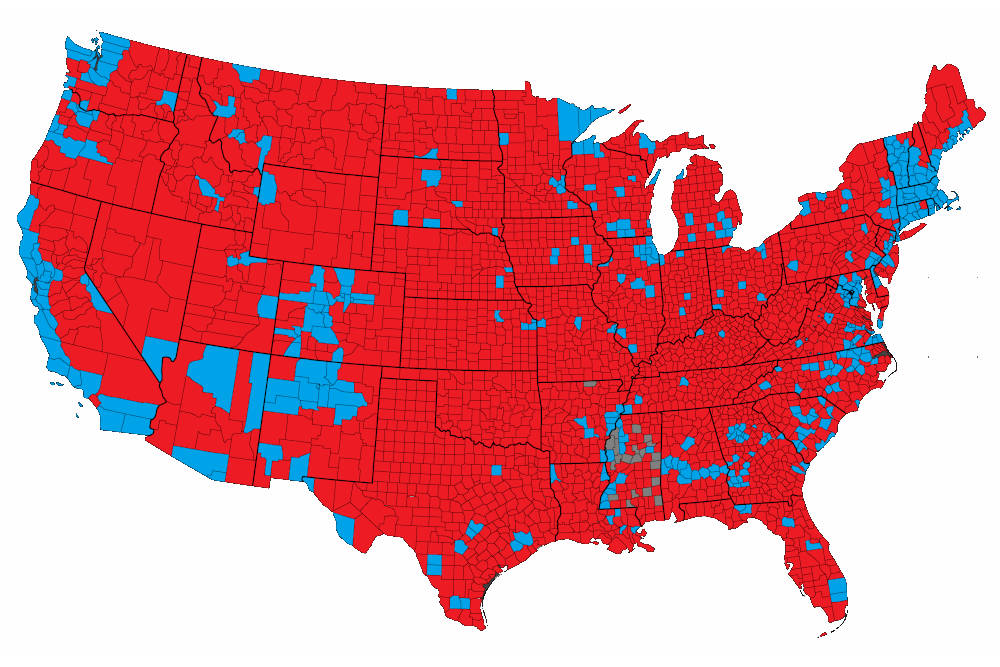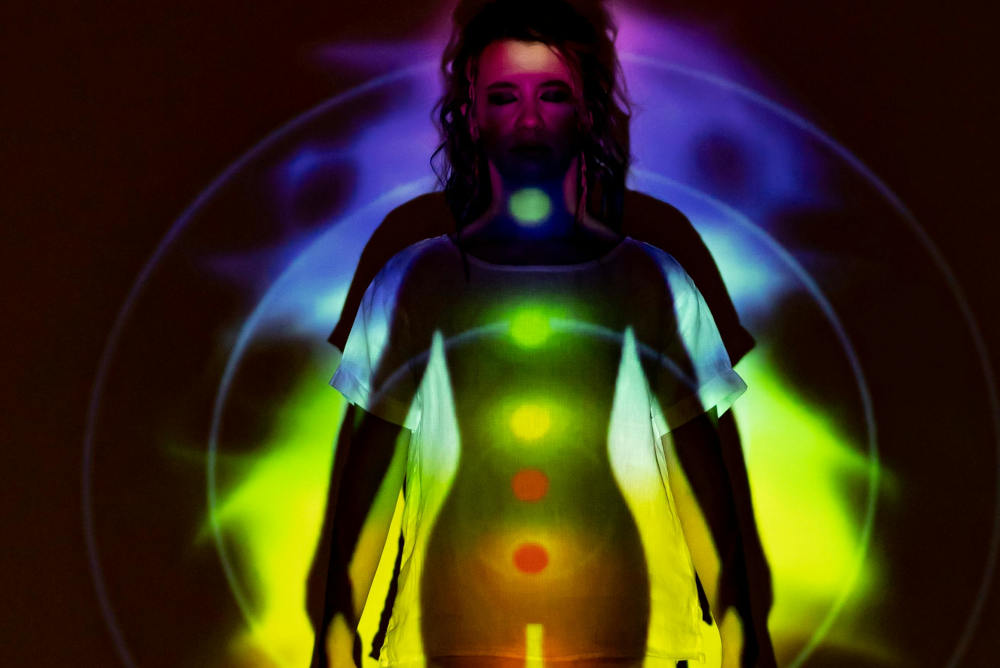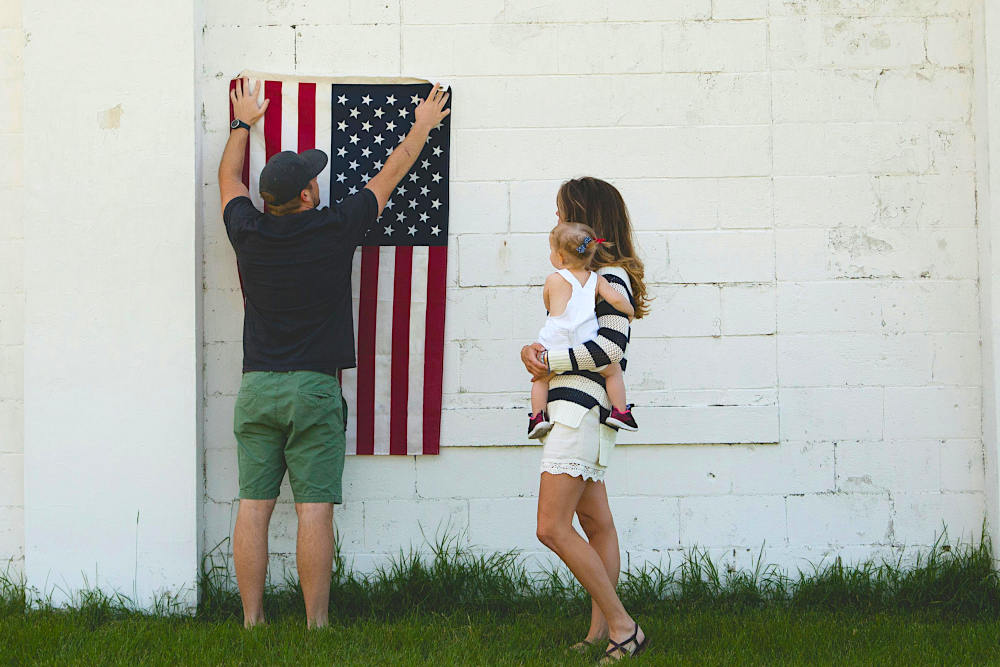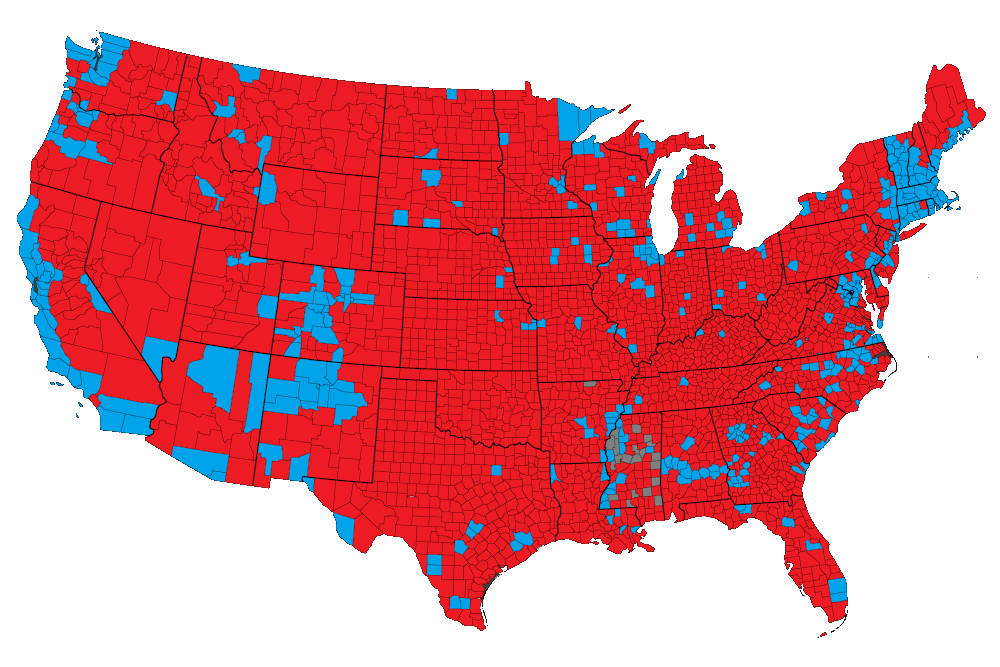
Here is everything you need to know about the impact of the industrial revolution on fashion, especially the rise of fast fashion over the last 20 years that made clothing a disposable commodity.
The industrial revolution refers to the movement in the 18th century in England that quickly expanded everywhere to the rest of Europe and North America, implementing new technologies that increased productivity and made people's lives easier.
The first industrial revolution, a period of rapid industrialization, deeply changed all businesses and sectors, especially the fashion, apparel, and textile industries. It also affected people's lifestyle, the way we produce and consume clothes today.
Panaprium is independent and reader supported. If you buy something through our link, we may earn a commission. If you can, please support us on a monthly basis. It takes less than a minute to set up, and you will be making a big impact every single month. Thank you!
Fashion before the industrial revolution

Before the industrial revolution in the 1700s, fashion used to be slow. Clothes were made at home and in small fashion houses. The sourcing of materials, fabric weaving, garment cutting, and sewing took a lot of time and effort.
Many people created their clothes in small quantities and wore them for a very long time. Each garment was repaired many times over before its fabric scraps would be reused to make new clothes. They were patched, resized, remade, and handed down until there was nothing left to use.
People owned only a few different outfits and would get by with only these. Fashion wasn't a prominent industry like it is today. Clothing production wasn't a viable business model as it took a long time to make new clothes.
People simply made their clothing on their own, mainly from natural and organic materials such as cotton, linen, hemp, ramie, or jute. Clothes were very heavy and hard to wash and some women couldn't leave the house because of their weight.
In the late 1700s, people used to dress about the same depending on their social classes. Almost every woman owned a sewing machine and knew how to use it. They often created beautiful, one-of-a-kind, fabric garments that could last for decades.
The upper-class men wore three-piece suits with long socks and top hats while women wore fancy dresses with hoops, wires, and stays. They had access to luxurious imported fabric, intricate adornments, and the labor of skilled artisans.
The middle class owned a couple of outfits that vary according to the occasion, from scrub to fancy. The lower class generally wore the same clothes for a long time and didn't have the means to repair them, resulting in worn-out clothing and few colors.
Typically, clothes were made from simple shapes, clean cuts, and easy construction techniques. Early clothing didn't have many embellishments and large pieces of fabric were simply held together with pins or roughly sewn.
Fashion during the industrial revolution

In the period from about 1760 to sometime between 1820 and 1840, the transition to new manufacturing processes in Europe and the United States changed the fashion industry forever.
Machines slowly replaced the hand labor that had been necessary for clothing production for thousands of years. One of the main innovations in garment manufacturing was the invention of the spinning wheel.
Through this machine, a worker could efficiently spin several threads into one strand of yarn. In about 1764, English weaver James Hargreaves created the spinning jenny.
The device had eight spindles and so could spin many threads into eight strands of yarn at the same time. Then, a later improved version could produce 16 strands of yarn at the same time.
Later versions of the machine would see the introduction of hundreds of spindles at a time, a loom for patterned weaving, and many other technological developments.
Mechanization, the process of replacing hand labor with work done by machine, continued throughout the 1800s and 1900s until the 2000s with the introduction of Computer-Aided Design (CAD) and Computer-Aided Manufacturing (CAM).
As the industrial revolution started, many people started clothing companies with new ways of producing raw materials and making clothing.
The first factory to spin thread was built in Great Britain in 1769. Samuel Slater built the first garment factory in the United States in 1790, but only produced one part of the final product.
With technological advancement came large financial success and economic power, as well as new styles in fashion. New inventions also increased the demand for labor.
New machines wove and produced cotton threads at greater speeds. And people working in factories organized the fabrics, operated the machines, and facilitated clothing production as a whole.
Industrialization had a revolutionizing impact on fashion. Machines could produce knitted and woven cloth that was a finer gauge than most people could make with home methods.
With the industrial revolution came new technologies like the sewing machine that made clothing manufacturing faster, easier, and cheaper. This invention enabled the rapid, high volume manufacturing of fabrics and clothing.
Clothing could be shipped cheaply and easily with improved transportation. Clothing became desirable and widely available at an attractive price.
Fashion after the industrial revolution

Improvements in communication methods allowed women and men to see what was fashionable in their own country and abroad.
People started to express themselves through clothing by wearing accessories, scarves, hats, or even with unusual colors and patterns.
They asked for new trends at an affordable price in the late 1960s. Fashion became a way of self-expression, to communicate one's personality and creativity.
Women wore new styles of dresses became and men different suits. Fashion magazines started just a couple of decades later.
As factories grew, people left rural areas to populate busy cities and work in factories. The industrial revolution changed many industries, particularly fashion as people found ways to produce garments quicker and more efficiently.
Starting in the 1990s, fast-fashion retailers such as H&M, Zara, Primark, Gap, Topshop, and Urban Outfitters reached huge notoriety and grew into large global corporations.
Fast fashion brands and retailers recreated the designs from high-fashion houses and made them available in high-street stores quickly for a fraction of the price.
Fast fashion was built to answer the rising consumers' demand for new trendy and affordable clothing designed and produced at lightning speed.
Zara opened its first store in New York in the early 1990s and the New York Times used the term fast fashion for the first time to define Zara's business model.
Effects of the industrial revolution on fashion
Today, fast fashion is highly popular and represents the culture of instant gratification. Thousands of new styles are being produced and sold every week.
Buying trendy clothes is a daily event for many consumers who view clothing as a disposable commodity, encouraged by the throwaway society.
Overproduction and overconsumption of cheap clothing are the results of the growing consumers' demand for speed and value all year round. It's also the major driver of growth in the fashion industry.
But fast fashion isn't ethical or sustainable at all. Businesses in the textile and apparel industry often produce more than they can sell. It's very common for them to resort to seasonal sales and discounts to get rid of massive inventory.
Today's consumers are asking for affordable and stylish clothing inspired by runway shows. Many people make purchasing decisions influenced by celebrities and social media personalities.
The rise of influencer marketing, social media, and eCommerce allowed online retailers to grow massively.
Fashion Nova is one of the most iconic examples of online retail success, leveraging the popularity of visual platforms like Instagram to develop relationships and turn fast fashion into ultra-fast fashion.
But the fast fashion industry has catastrophic social and environmental impacts.
Textile wastes are piling up in landfills, animals and people are hurting from health problems due to hazardous chemical usage and plastic microfiber pollution.
The apparel and footwear industry employs more than 300 million farmers and garment factory workers around the world, most of them in low-income countries, where labor is shockingly cheap.
Many fast fashion brands use sweatshop labor to produce their clothes. They exploit employees in their supply chain with low wages and terrible working conditions.
Thankfully, more and more people are questioning the fast fashion business model.
We are on the verge of a global environmental, social, and economic crisis. It's now more important than ever to rethink the way we produce and consume clothes.
Fashionistas are becoming more conscious of their wardrobe impact on people, animals, and the planet. As a consumer, you have the power to drive change in the fashion industry.
Change your shopping habits, boycott unethical fashion brands, and switch to sustainably made clothing.
Was this article helpful to you? Please tell us what you liked or didn't like in the comments below.
About the Author: Alex Assoune
What We're Up Against
Multinational corporations overproducing cheap products in the poorest countries.
Huge factories with sweatshop-like conditions underpaying workers.
Media conglomerates promoting unethical, unsustainable products.
Bad actors encouraging overconsumption through oblivious behavior.
- - - -
Thankfully, we've got our supporters, including you.
Panaprium is funded by readers like you who want to join us in our mission to make the world entirely sustainable.
If you can, please support us on a monthly basis. It takes less than a minute to set up, and you will be making a big impact every single month. Thank you.































0 comments